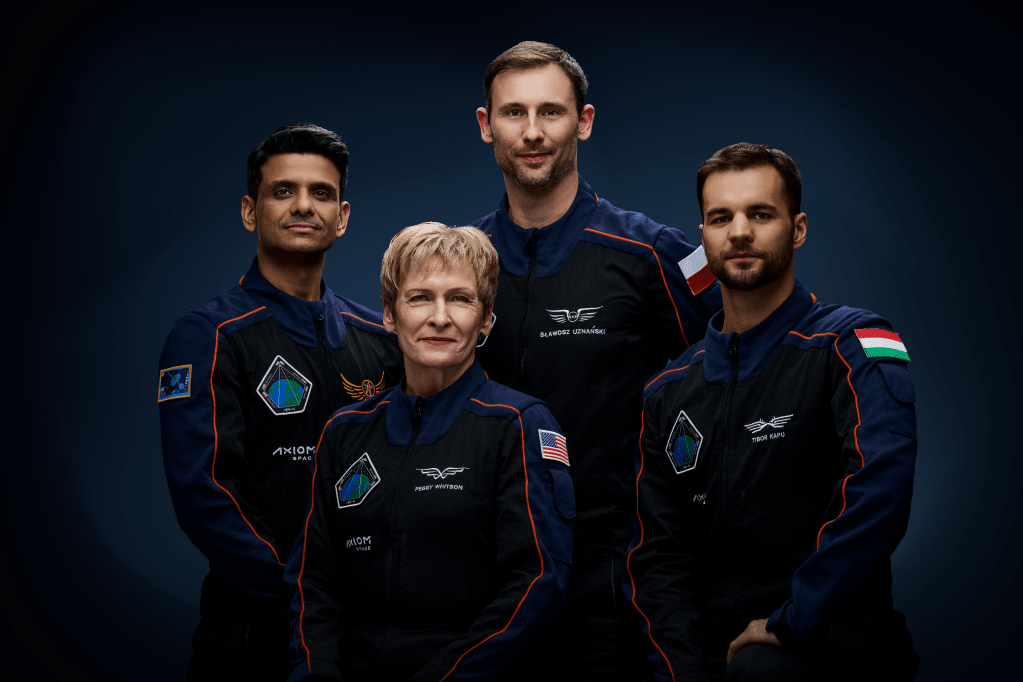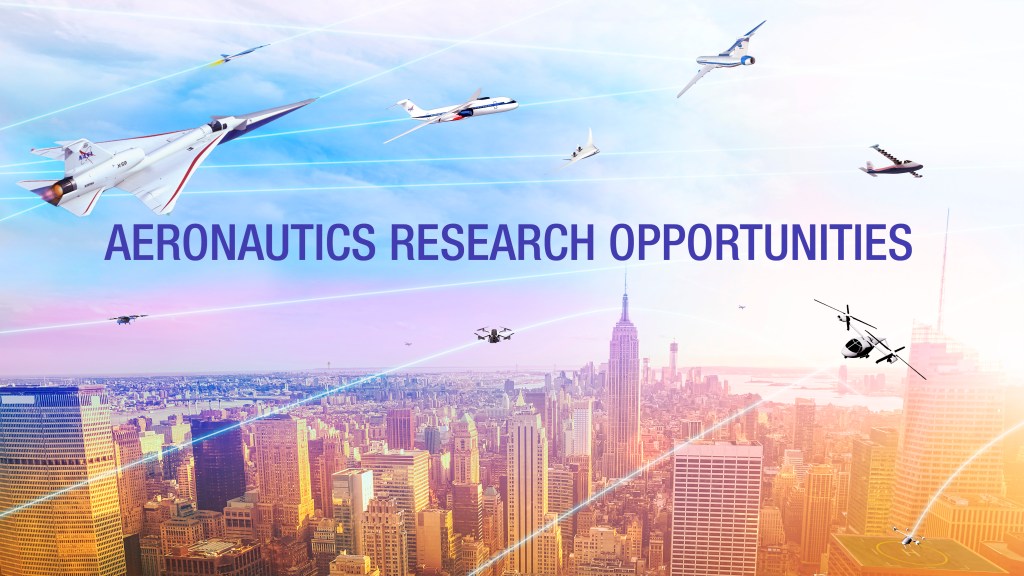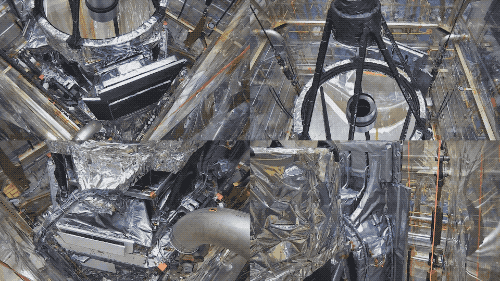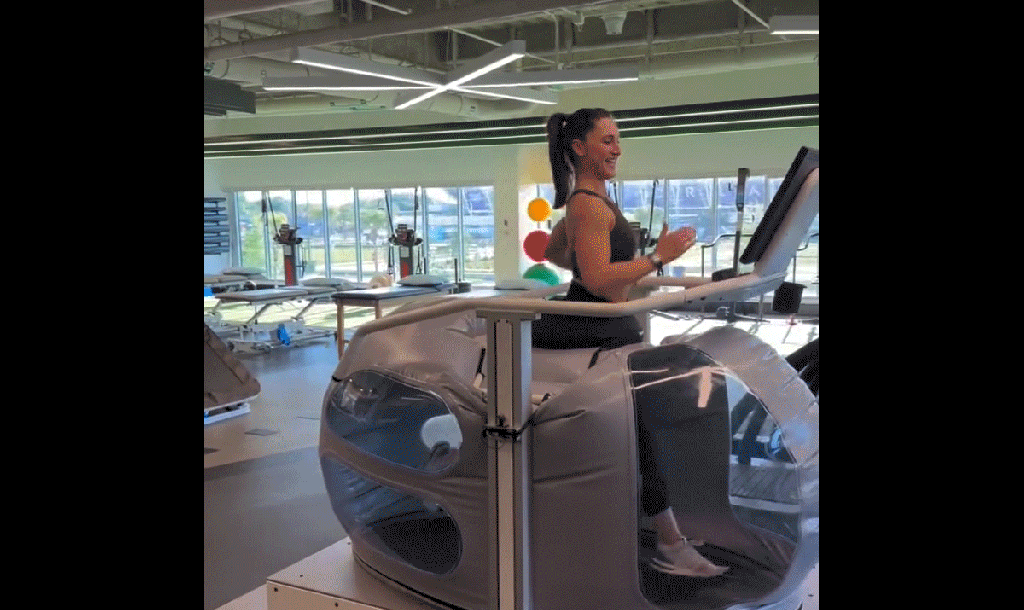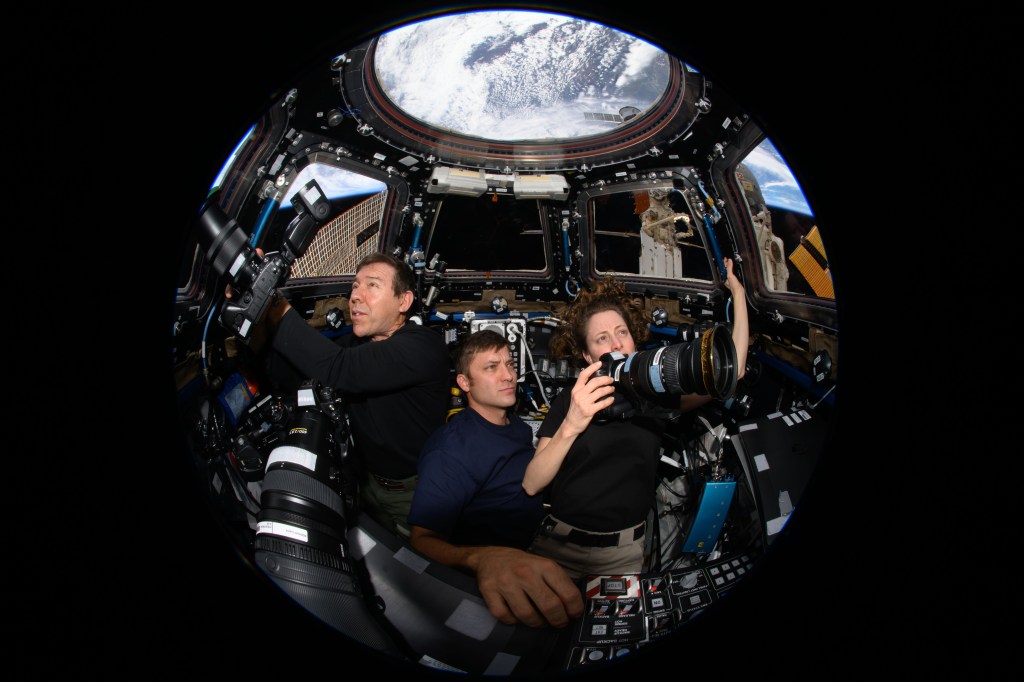Translating NASA Data Into Sound
There’s a new, immersive way to explore NASA’s data of our Universe. NASA has taken observational data from telescopes like NASA’s Chandra X-ray Observatory, Hubble Space Telescope, James Webb Space Telescope and others, and translated it into corresponding frequencies that can be heard by the human ear. A team of scientists, musicians, and a member of the blind and visually impaired community worked to adapt the NASA data. The audio tracks support blind and low-vision listeners first, but are designed to be captivating to anyone who tunes in.
James Webb Space Telescope Sonifications

Explore infrared images and data from NASA’s James Webb Space Telescope through sound. Listeners can enter the soundscape of the Cosmic Cliffs in the Carina Nebula, explore the tones of the Southern Ring Nebula, and hear data from the transmission spectrum of an exoplanet.
- Webb’s Exoplanet WASP-96 b Sonification
- Webb’s Southern Ring Nebula Sonification: Mid-Infrared
- Webb’s Southern Ring Nebula Sonification: Near-Infrared
- Webb’s Southern Ring Nebula Sonification
- Webb’s Cosmic Cliffs Sonification: Stars
- Webb’s Cosmic Cliffs Sonification: Mountains
- Webb’s Cosmic Cliffs Sonification: Sky
- Webb’s Cosmic Cliffs Sonification
Credit: NASA, ESA, CSA, STScI, and K.Arcand (CXC/SAO), M.Russo & A.Santaguida (SYSTEM Sounds), Q.Hart & C.Blome (STScI), and C.Malec (consultant).
Hubble Space Telescope Sonifications

Ever wondered what the music of the spheres would sound like? Hubble brings us cosmic sights, but these astronomical marvels can be experienced with other senses as well. Through data sonification, the same digital data that gets translated into images is transformed into sound.
Elements of the image, like brightness and position, are assigned pitches and volumes. No sound can travel in space, but sonifications provide a new way of experiencing and conceptualizing data. Sonifications allow the audience, including blind and visually impaired communities, to “listen” to astronomical images and explore their data.
Chandra X-ray Observatory Sonifications

Listen to data translated from exploded stars, areas around black holes, clusters of stars and more.
- Galactic Center
- Cassiopeia A
- M16/Pillars of Creation
- Bullet Cluster
- Crab Nebula
- Supernova 1987A (SN 87A)
- Eta Carinae
- M87 Jet
- Sagittarius A* (Event Horizon Telescope Image)
- V404 Cygni
- Stephan’s Quintet
- NGC 6543 (Cat’s Eye Nebula)
- Chandra Deep Field
- Messier 51 (M51)
- Westerlund 2
- Tycho
- Messier 87 (M87)
- Perseus Cluster
- Sagittarius A*
- Carina Nebula
- R Aquarii
- Messier 104 (M104)
Credit: NASA, SAO, CXC, and K.Arcand (CXC/SAO), M.Russo & A.Santaguida (SYSTEM Sounds), and C.Malec (consultant).








